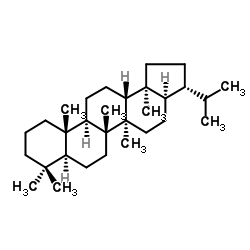| 结构式 | 名称/CAS号 | 全部文献 |
|---|---|---|
 |
17beta(H),21beta(H)-何帕烷
CAS:471-62-5 |
|
 |
17α(H),21β(H)-藿烷
CAS:13849-96-2 |